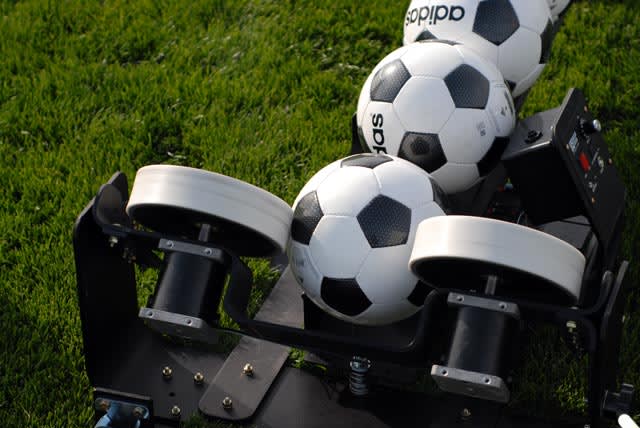-
1
- #1
kevin mcmackin
Student
- Dec 30, 2021
- 1
I am designing a soccer ball launcher (like the one in the attached picture) for school and am having trouble figuring out how much torque I need the motors to have. I am trying to follow an energy analysis approach to get these calculations done. Attached is a file of my calculations so far. The idea behind them is that the wheels are already spinning with a tangential velocity equal to that of the ball launch speed so that there is then a transfer of energy from rotational energy in the wheels to kinetic energy in the ball. Then, the torque the motors must be able to provide is dependent on the time desired for the wheels to get balk up to speed after launching the ball. Just looking for advice from anyone who can tell me if this is the correct approach and if not what the calculations should look like for this part of my design. Thanks.



![[ponder] [ponder] [ponder]](/data/assets/smilies/ponder.gif)